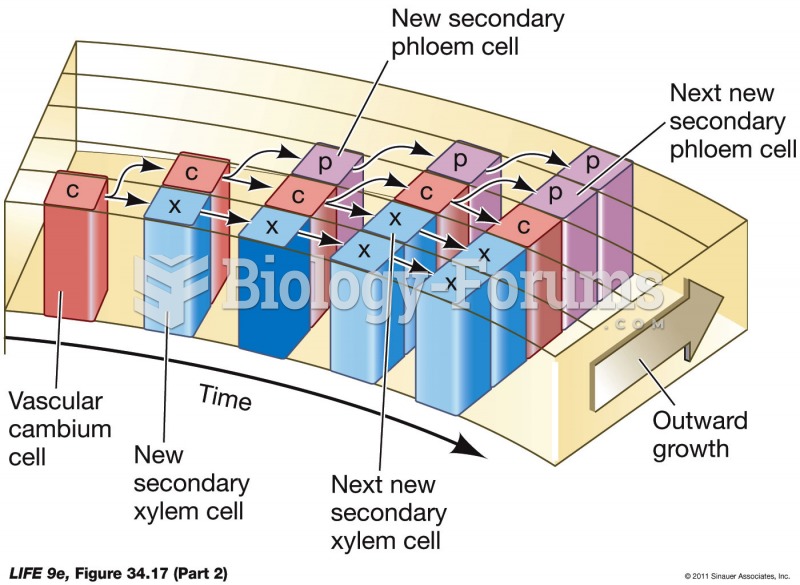Answer to Question 1
B
Answer to Question 2
Export/import financing in which a bank acts as an intermediary without accepting financial risk is called documentary collection. This payment method is commonly used when there is an ongoing business relationship between two parties. The documentary collection process can be broken into three main stages and nine smaller steps.
1. Before shipping merchandise, the exporter (with its banker's assistance) draws up a draft (bill of exchange)a document ordering the importer to pay the exporter a specified sum of money at a specified time. A sight draft requires the importer to pay when goods are delivered. A time draft extends the period of time (typically 30, 60, or 90 days) following delivery by which the importer must pay for the goods.
2. Following creation of the draft, the exporter delivers the merchandise to a transportation company for shipment to the importer. The exporter then delivers to its banker a set of documents that includes the draft, a packing list of items shipped, and a bill of ladinga contract between the exporter and shipper that specifies merchandise destination and shipping costs. The bill of lading is proof that the exporter has shipped the merchandise. An international ocean shipment requires an inland bill of lading to get the shipment to the exporter's border and an ocean bill of lading for water transport to the importer nation. An international air shipment requires an air way bill that covers the entire international journey.
3. After receiving appropriate documents from the exporter, the exporter's bank sends the documents to the importer's bank. After the importer fulfills the terms stated on the draft and pays its own bank, the bank issues the bill of lading (which becomes title to the merchandise) to the importer.
Documentary collection reduces the importer's risk of nonshipment because the packing list details the contents of the shipment and the bill of lading is proof that the merchandise was shipped. The exporter's risk of nonpayment is increased because, although the exporter retains title to the goods until the merchandise is accepted, the importer does not pay until all necessary documents have been received. Although importers have the option of refusing the draft (and, therefore, the merchandise), this action is unlikely. Refusing the draftdespite all terms of the agreement being fulfilledwould make the importer's bank unlikely to do business with the importer in the future.







